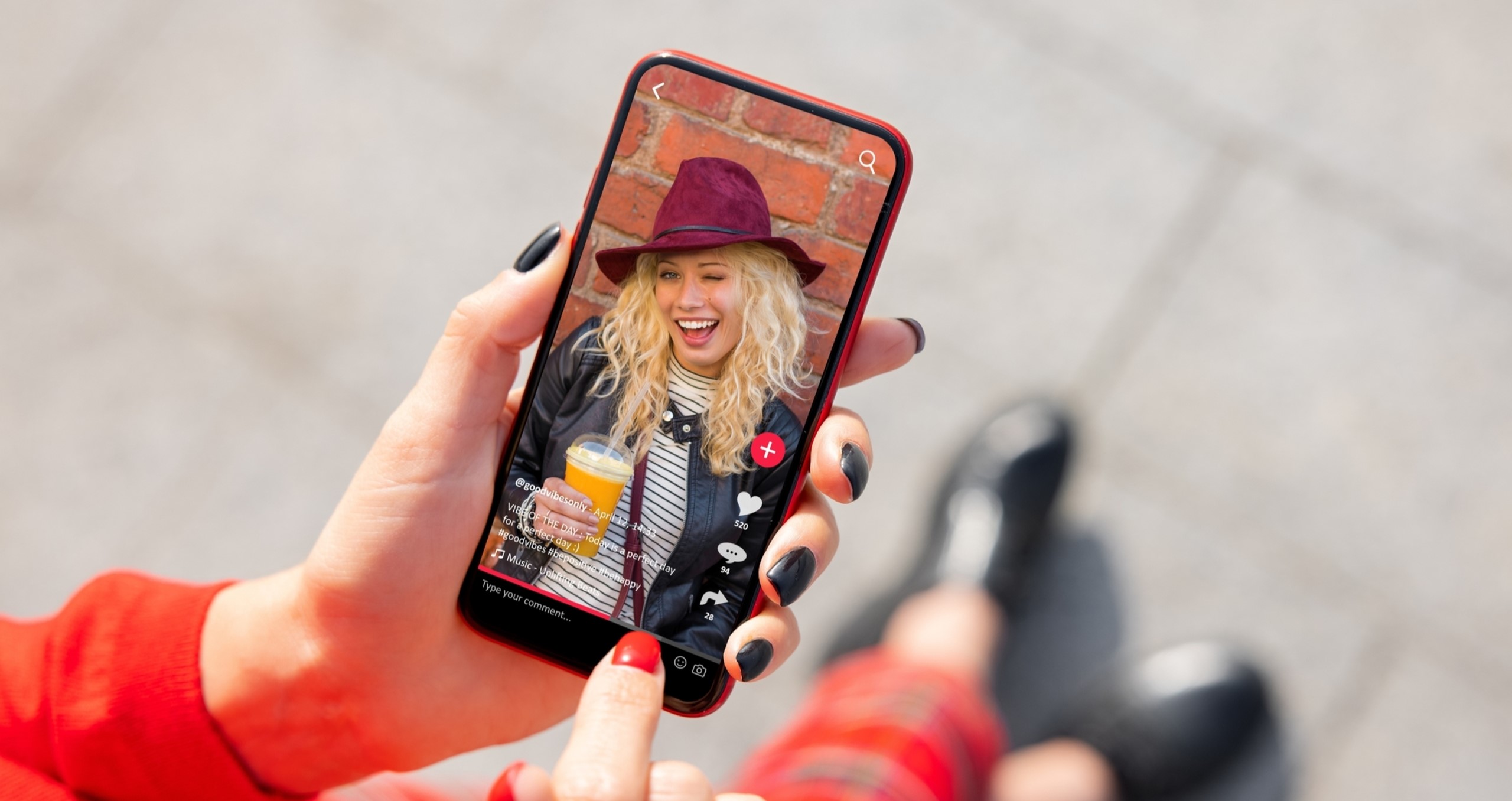In the world of influencer marketing, there is an emerging trend that is changing the way brands connect with their audiences: the power of microinfluencers. These figures, with a more modest but highly engaged following, are proving to be a formidable force in promoting products and services. What makes working with micro-influencers so beneficial for brands? The answer lies in their authenticity and the inherent advantages they offer.
Micro-influencers are seen as more authentic by their followers. Often, their more limited reach translates into a closer relationship with their audience, which generates greater trust. Their recommendations and promotions are not perceived as intrusive advertisements, but rather as advice from a trusted friend. This genuine connection leads to greater receptivity from followers to the brand messages they convey.
While the reach of micro-influencers may be smaller in numerical terms, their audience tends to be highly segmented and specific. This means that brands can target specific niche markets with greater precision. For example, a microinfluencer who specialises in vegan cuisine might be the perfect choice for a vegetarian food brand. This segmentation capability increases message relevance and maximises ROI.
Compared to large celebrities or influencers with millions of followers, working with micro-influencers is often much cheaper. Due to their smaller audience size, they often charge lower rates per post or collaboration. This allows brands to work with multiple micro-influencers within their budget, thereby expanding their reach and diversifying their marketing strategy without incurring exorbitant costs.
Micro-influencers tend to generate higher levels of engagement compared to large-scale influencers. Their followers are more engaged and active in online interactions, which translates into greater participation with the brand’s content. Comments, likes, shares and conversions are more likely when the message is promoted by a microinfluencer whose audience is highly engaged.
Authenticity is a key pillar in the digital age. Micro-influencers tend to create more authentic and organic content that resonates with their audience. Instead of overly produced or promotional posts, they tend to share more personal content, based on real experiences and genuine opinions. This is not only perceived as more credible, but also creates a more lasting impact in the consumer’s mind.
Top trends of 2024
The influencer marketing ecosystem is more dynamic than ever and it’s essential to not only keep up but also lead the charge. By embracing these trends, you will not only engage your target audience more effectively, but also position your brand as a forward-thinking industry leader.
We’ve compiled the top trends to navigate the exciting world of influencer marketing in 2024 and beyond.
1. Focus on ROI over Engagement: The industry’s professional maturity is driving brands to seek measurable results, leading to performance-based deals and greater transparency in influencer selection.
2. Influencer specialisation: Influencers are specialising more in specific niches to deliver more relevant and valuable content to their audiences, resulting in higher engagement rates and more effective campaigns for brands.
3. Influencer seeding: Sending free products to influencers for honest reviews is gaining popularity, especially among smaller e-commerce brands, as a cost-effective way to generate brand buzz and increase market share.
4. Influencer Marketing for B2B: B2B influencer partnerships are on the rise, providing access to wider audiences, building trust and effectively generating leads.
5. Short-form Storytelling: Reels and other short-form video formats continue to trend, and brands must tailor their stories to capture attention in 60 seconds or less, using a snappy approach and a clear call to action.
6. Long-Term Brand Ambassadors: Long-term partnerships with influencers are gaining traction, as they allow for deeper relationship building and generate authentic content on a consistent basis, leading to higher conversions and brand loyalty.
7. Generation Z Influencers: Generation Z influencers are on the rise, standing out for their authenticity and engagement with relevant social issues, making them a popular choice for brands looking for authentic connections with their audiences.
8. Growth of TikTok: TikTok continues to grow as a popular platform for influencer marketing, offering opportunities to reach diverse and engaged audiences through native ads and influencer collaborations.
9. Multichannel Marketing: Collaborating with influencers across multiple channels, from social media to email to paid advertising, extends reach and increases brand awareness across multiple audience touch points.
10. Influencer Recruitment as a Search Source: Brands are adopting collaborative influencer recruitment strategies, allowing interested creators to reach out to them directly, saving time and fostering mutually beneficial long-term relationships.
We can see that the power of microinfluencers lies in their authenticity and ability to generate genuine connections with their audience. For brands, working with micro-influencers offers a number of advantages, ranging from increased relevance and segmentation to deeper engagement and lower costs. By leveraging these advantages, brands can boost their online presence and increase customer loyalty in an authentic and effective way






